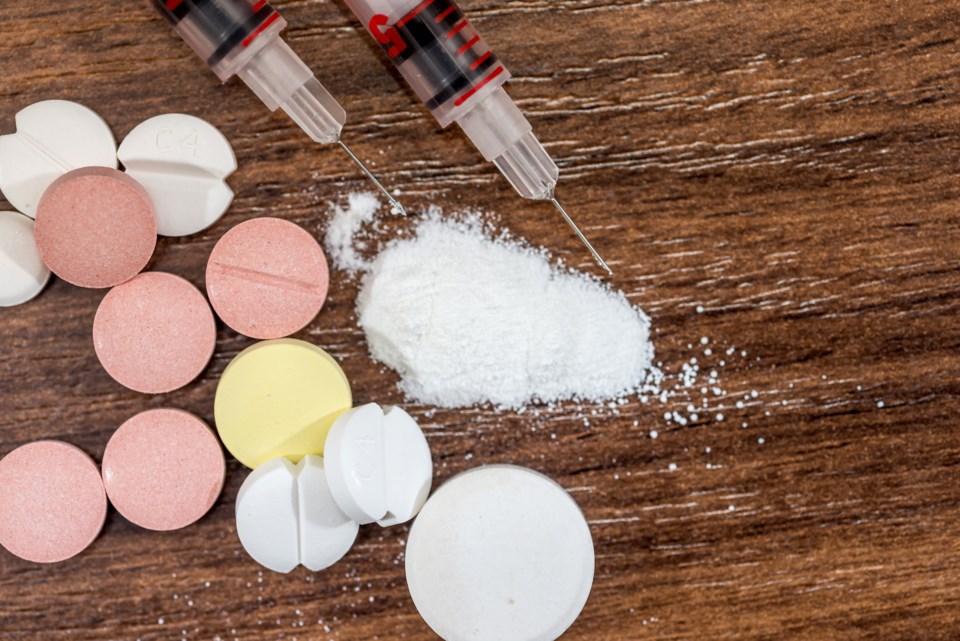Boulder County Public Health is warning residents to take extra precautions after learning that xylazine is being distributed in the county’s illicit drug supply.
Xylazine is a veterinary tranquilizer that has not been approved for human use and has been linked to overdose deaths throughout the country. Also known as “tranq,” xylazine can be mixed into pills or powder, and people might not know it is in the drugs they are using.
Xylazine may be mixed with heroin, fentanyl, cocaine, methamphetamine and other narcotics. It can cause drowsiness, memory loss, slow breathing and dangerously low heart rate and blood pressure.
The health department said Xylazine can lead to an increased risk of a fatal overdose, especially when used with opioids or alcohol.
“Although xylazine is not an opioid, it is critical to administer Naloxone (also known as Narcan or Kloxxado) to anyone exhibiting signs of an overdose because the overdose may be caused by a mixture of fentanyl or another opioid with xylazine,” BCPH Harm Reduction Coordinator Dr. Georgia Babatsikos said in a release. “As with any non-prescribed drug, it’s difficult to know what is actually in the drug. We encourage residents to never use drugs alone.”
The Drug Enforcement Administration Laboratory System reported that in 2022, 23% of fentanyl powder and 7% of fentanyl pills seized contained xylazine.
If an overdose is suspected and someone is unresponsive, BCPH urges the following steps:
- Get their attention—rub the person’s chest and check if they are breathing or have a pulse.
- Administer Naloxone.
- Call 911 and remain present until help arrives. Colorado has the Good Samaritan Law, and you will not be charged with drug possession in amounts for personal consumption if you call 911 and remain present until help arrives.
- If the person does not have a pulse and you know basic CPR, start CPR right away.
- If the person has a pulse but is not breathing, give rescue breaths, even if you don’t know CPR. Lay the person on their back, tilt their chin back, clear their airway, pinch the person’s nose closed and cover their mouth with your mouth. Blow two regular breaths, then give one breath every five seconds.
- Place them in the recovery position by rolling the person on their side with their hand supporting their head and bending their knee to prevent them from rolling over.
- Stay with the person until help arrives.
To lessen the potential for overdoses, the health department recommends the following steps:
- Assume that any pills purchased from a non-pharmacy source may contain a lethal dose of fentanyl, xylazine or other substances, and follow all precautions to prevent and respond to an overdose.
- Carry Naloxone and ensure that the people you know also carry it and know how to administer it. Naloxone can reverse the effects of opioid overdoses.
- Don’t use drugs while alone. If you can’t be with someone else, plan to have someone check in on you so they can help you if needed. If you are with someone else who will also use drugs, take turns using and have someone else check in with everyone.
- Start with a very small dose every time you have something new. You can always add more, but you cannot subtract.
If you or someone you know is using illicit substances, BCPH advises that you carry Naloxone. Naloxone reverses opioid overdoses and is available at local pharmacies without a prescription. It’s covered by most insurance plans and is also available for free from BCPH for Works Program participants.



